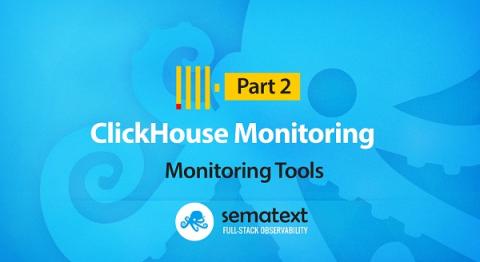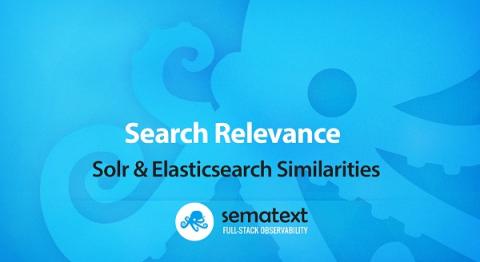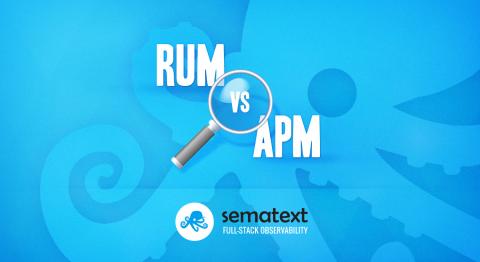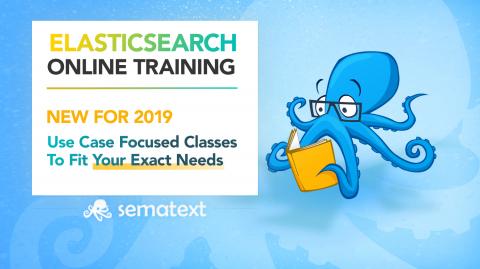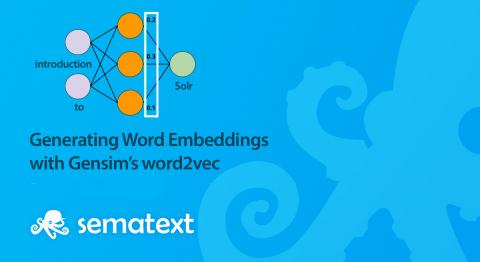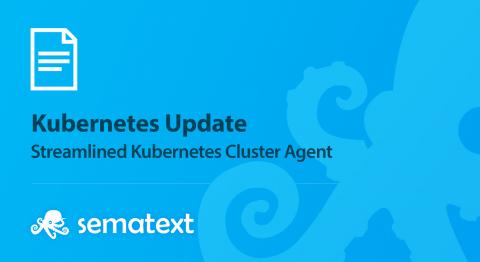What is Real User Monitoring
Real User Monitoring, or RUM, is a type of monitoring technology for digital businesses that analyzes customers’ digital experiences by looking at exactly how online visitors are interacting with a website or application, analyzing everything from page load events to AJAX requests to frontend application crashes. The most commonly known example of RUM would be Google Analytics, or GA, which tracks certain spectrums of the interaction between your user and your website or webapp.



